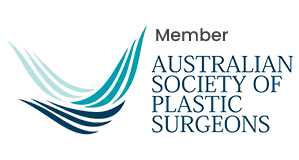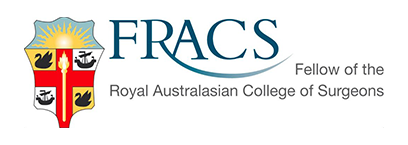Dr Nathan specialises in breast reduction surgery, and does consultations Bunbury. In breast reduction surgery, tissue, fat, and skin are removed, and the breast is reshaped.
Breast reduction involves removing the skin, tissue, and fat from the breast and reshaping. Dr Nathan is a plastic surgeon consulting from Bunbury who specialises in breast reduction surgery.
Breast reduction surgery was first described in the 7th century. It is one of the most popular plastic surgery procedures in the world, and is also referred to as reduction mammoplasty.
Breast reduction can be confused with other procedures, such as mastectomy and breast augmentation. Breast augmentation involves placing saline or silicone implants in a women’s chest behind the breast tissue. Mastectomy is the removal of one or both breasts, typically a result of cancer.
Reduction mammoplasty is popular among women, but men can also have the procedure performed.
Some indications that a woman may require breast reduction surgery are when:
If breast growth is excessive in men due to gynoecomastia, breast reduction surgery may be part of the treatment. Men who develop sagging breasts from weight loss can also undergo the procedure.
Patients cannot undergo breast reduction surgery if they do not meet the criteria for elective surgical procedures. Some exclusion criteria include:
Breast reduction surgery is a major procedure, and patients must ensure they are financially and psychologically prepared. The pre-op consultation with your plastic surgeon may include the following:
A typical breast reduction surgery involves the following steps:
You may be ready to go home a few hours after surgery, however, complete recovery may take two to six weeks. Your surgeon may place drains at their discretion, and you will be provided with self-care instructions and medications in order to facilitate wound healing and prevent postoperative complications. You may near to wear an non-wired sports bra for support, and you will need to get lots of rest, and avoid heavy exercise and strenuous work.
There are minimal risks associated with breast reduction surgery.
Some possible risks associated with reduction mammoplasty include:
In some cases, insurance may cover breast reduction surgery if it is deemed medically necessary due to physical discomfort or health problems caused by large breasts. It’s important to check with your insurance provider for their specific coverage policies.
Nipple sensation may be temporarily lost after breast reduction surgery, but it typically returns within a few weeks to a few months. In some cases, nipple sensation may be permanently lost. Your surgeon will discuss the risks and benefits with you before the procedure.
Breast reduction surgery can impact the ability to breastfeed, but the extent of the impact depends on the technique used and the amount of tissue removed. It’s important to discuss your plans for future breastfeeding with Dr Stewart before undergoing the procedure.
Breast reduction surgery is typically performed with general anesthesia and patients may experience some discomfort and pain during the recovery period. Pain can be managed with prescribed medications.
Yes, breast reduction surgery involves making incisions, so there will be a scar. The scar is typically located around the areola, in the crease below the breast, and vertically down the center of the breast.
The recovery time for breast reduction surgery varies for each individual, but most patients can return to normal activities within 2-4 weeks. Exercise can usually be resumed from 6 weeks.
Good candidates for breast reduction surgery are individuals who are in good overall health and suffer from physical or emotional discomfort due to large breasts.
Breast reduction surgery, also known as reduction mammoplasty, is a cosmetic procedure to remove excess fat, glandular tissue, and skin from the breasts to reduce the size and alter their shape whilst lifting the breast.
Choosing the right plastic surgeon can be the most critical choice you make in your cosmetic surgery journey. Dr Nathan Stewart is a board-certified Consultant Specialist Plastic and Reconstructive Surgeon in Perth. He is a rare blend of sound technical knowledge, artistic flair and empathetic listening to give you the best service. Dr Nathan Stewart currently consults as a specialist plastic surgeon in Perth at Royal Perth Hospital, and Sir Charlies Gairdner Hospital, and in Bunbury at Saint John of God Bunbury Hospital. Book an appointment with Dr Stewart and his team in Bunbury today to begin planning your journey!
Affiliations




After any kind of breast surgery, it is important you take as much time as you need to rest and recover after your breast reduction surgery. You will be provided with a number of information sheets and checklists to prepare you for your recovery, including any symptoms to watch out for and tips to keep you as healthy and comfortable as possible during this time.
Following the procedure, you will likely experience some moderate discomfort, as well as bruising or tenderness. Dr Stewart will discuss your pain medication needs with you and tailor a dosage and schedule to suit your individual circumstances. Most symptoms will settle within 4 – 6 weeks.
Should you have any questions at any time, please don’t hesitate to contact Dr Stewart or the team.!